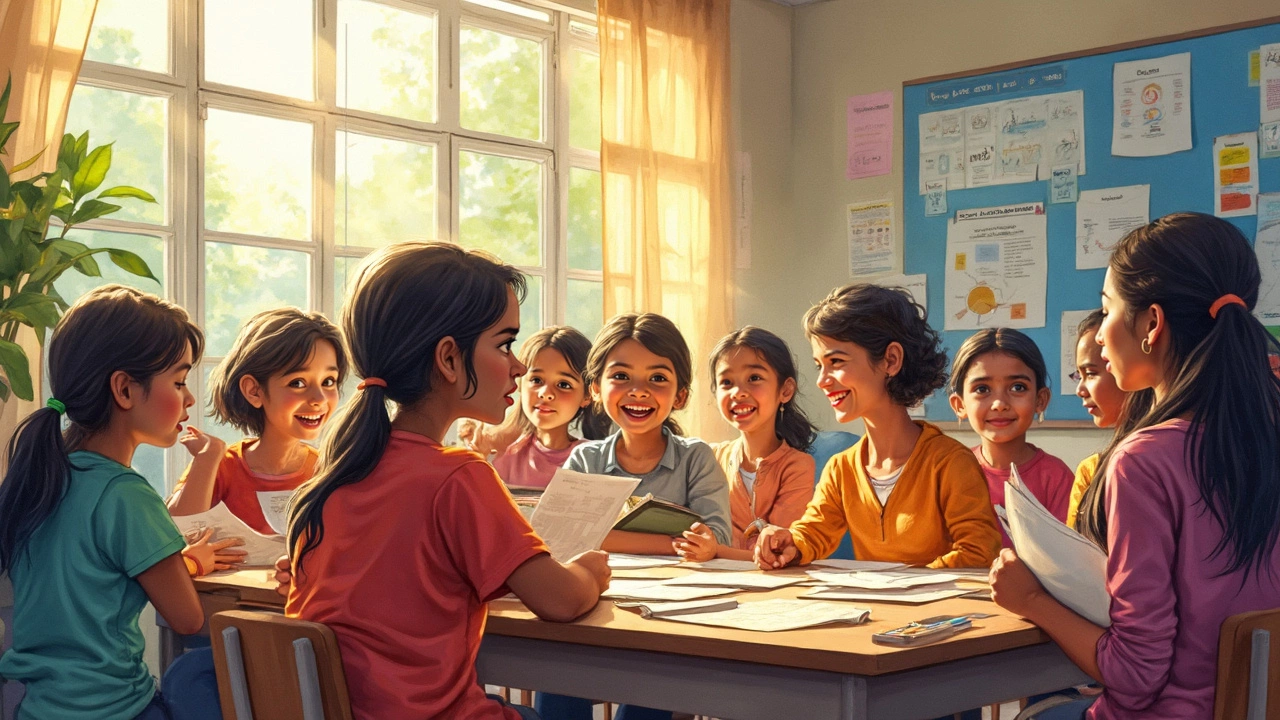Best Syllabus for CBSE: Simple Steps to Pick the Right One
If you’re a parent or student trying to make sense of the CBSE syllabus, you’re not alone. The board updates its curriculum every few years, and the flood of textbooks, guides, and online resources can feel overwhelming. The good news? You don’t need a degree in education to choose the right syllabus. All you need is a clear picture of what the board expects and a few practical tips to match the material with your child’s learning style.
Understanding the CBSE Curriculum Structure
The CBSE syllabus is built around three core ideas: concepts, applications, and assessment. Each subject is divided into chapters that cover basic theory, followed by examples that show how the idea works in real life. At the end of every chapter, you’ll find practice questions that mirror the style of board exams.
For classes 9‑12, the board releases a detailed syllabus document every year. It lists the topics, the weightage for each unit, and the suggested textbook chapters. Most schools follow the NCERT books as the primary source, but many also add reference books for extra practice. Knowing where the majority of marks come from (usually the end‑of‑chapter exercises and previous year papers) helps you focus on the right material.
Tips to Choose the Right Syllabus for Your Child
1. Start with the official NCERT books. They are free, approved by the board, and cover every point in the syllabus. If your child struggles with the language or depth, add a simpler guide that rewrites the concepts in plain English.
2. Check the weightage. Look at the syllabus PDF and note which chapters carry more marks. Spend extra time on those areas, but don’t ignore the low‑weight topics completely—they can boost your overall score.
3. Match the resource to your child’s learning style. Visual learners benefit from books with lots of diagrams and flowcharts. Those who learn by doing should pick a guide with step‑by‑step solved examples. Audio‑oriented students can use YouTube playlists that explain each chapter in short videos.
4. Use past year papers. The CBSE board tends to reuse question patterns. Download the last five years’ papers and see which chapters appear most often. This will tell you if a “nice‑to‑know” topic is actually a must‑know.
5. Keep it flexible. Sometimes a school introduces a supplementary book for competitive exams like JEE or NEET. If your child aims for those, add the extra book later; otherwise, stick to the core syllabus to avoid overload.
Finally, make a weekly study plan that includes revision time. A 30‑minute recap of the previous week’s topics, combined with a quick quiz, can lock the information in memory. Consistency beats cramming every time.
Choosing the best CBSE syllabus isn’t about buying the most expensive guide; it’s about aligning the official curriculum with resources that fit your child’s strengths. Follow the steps above, stay organized, and watch confidence grow with every chapter tackled.
